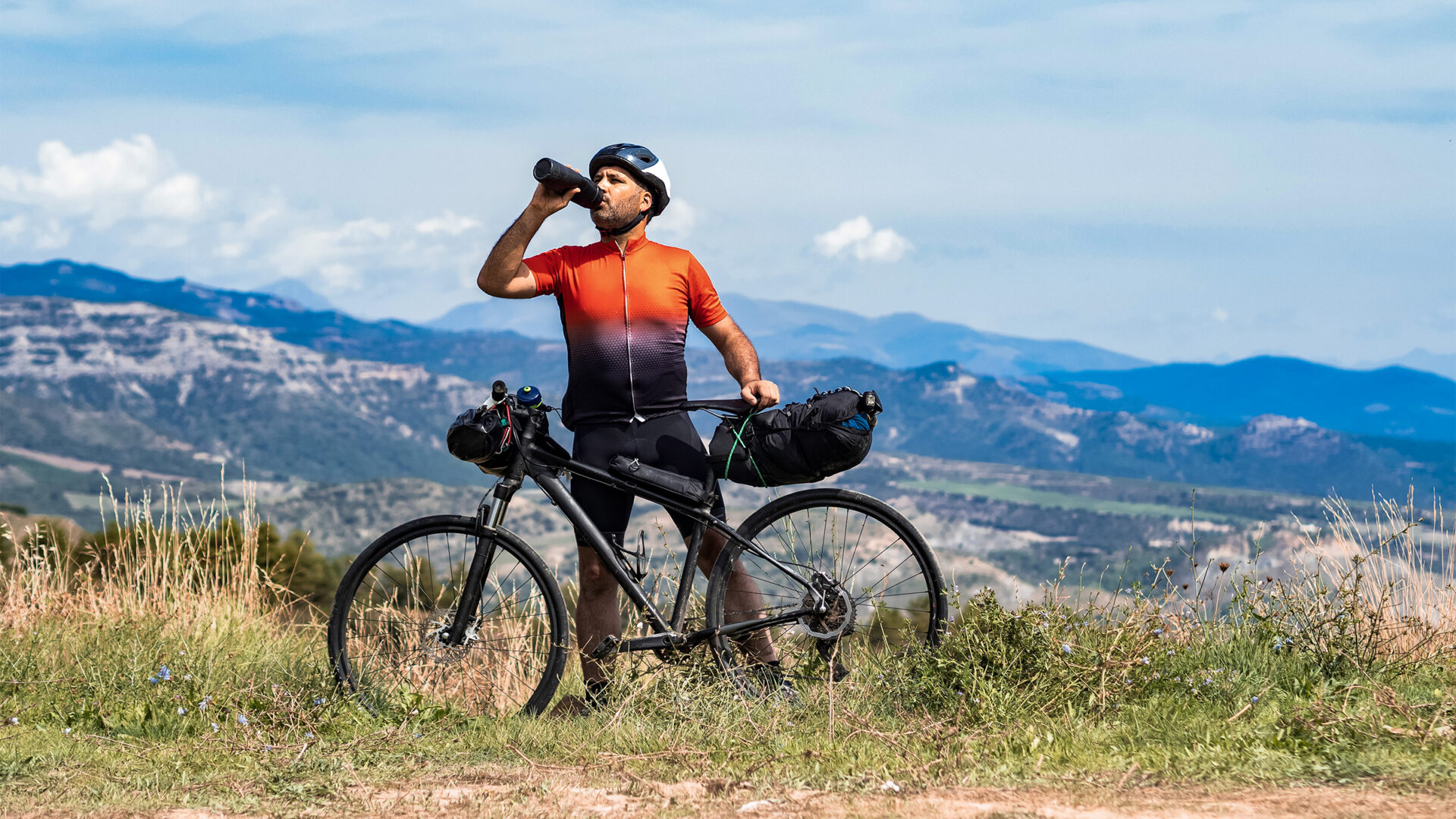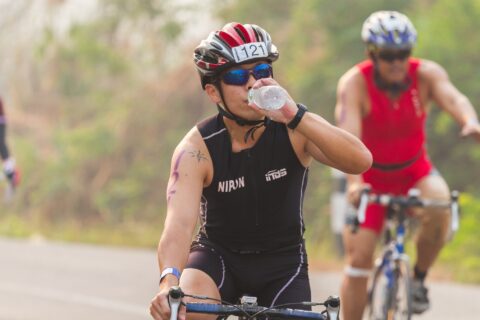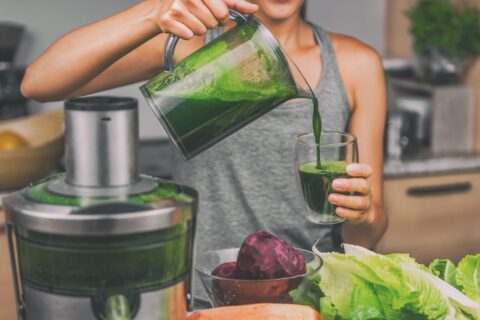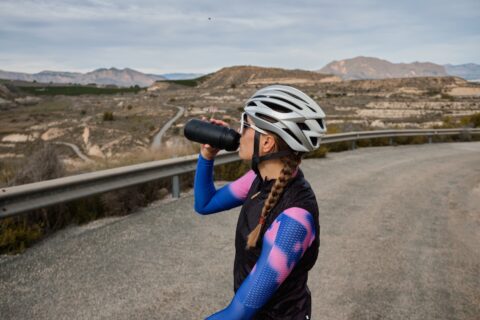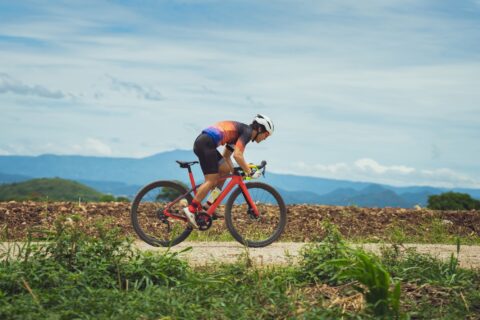The challenge of consuming calories on the go, day after day is one of the most difficult to overcome. We spoke with several ultra-cycling veterans to learn their strategies.
The challenge of consuming calories on the go, day after day is one of the most difficult to overcome. We spoke with several ultra-cycling veterans to learn their strategies.
